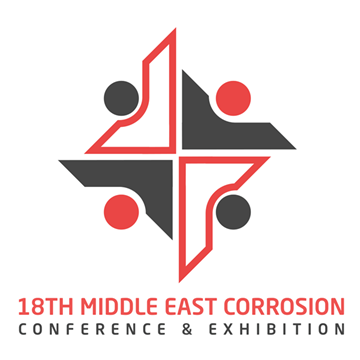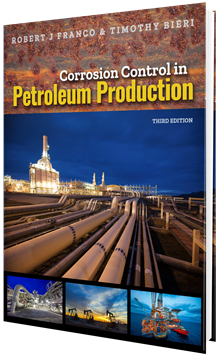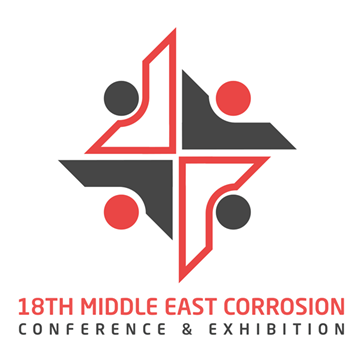Search
Products tagged with 'inspection'
View as
Sort by
Display
per page
Condition Assessment of 66 kV Underground Transmission Lines in Concrete Vaults
Product Number:
51324-20826-SG
Publication Date:
2024
$40.00
Corrosion Control and Integrity Management of Flare Gas Recovery Units
Product Number:
MECC23-20160-SG
Publication Date:
2023
$20.00
Corrosion Control in Petroleum Production, 3rd Edition
Product Number:
37646-POD
ISBN:
978-1-57590-389-7
$148.00
Corrosion Fatigue and Chloride-Induced Stress Corrosion Cracking in Sulfur Recovery Units
Product Number:
51324-20691-SG
Publication Date:
2024
$40.00
Cost Effective Solutions for Aging Water Storage Tanks TANK REFURBISHMENT VERSUS REPLACEMENT
Product Number:
51218-096-SG
Publication Date:
2018
$20.00
Digital Generation of Eddy Current Testing (ECT) for Inspection of Surface and Near-Surface Defects
Product Number:
MECC23-20114-SG
Publication Date:
2023
$20.00
Distribution of Corrosion Attacks in Sour Pipelines – A Parametric Study
Product Number:
51323-18981-SG
Publication Date:
2023
$20.00
Electronic Inspection Equipment For A Field Painting Project
Product Number:
51218-087-SG
Publication Date:
2018
$20.00
Erosion Corrosion Phenomena In Oil And Gas Facilities: Evaluation And Monitoring
Product Number:
51322-17665-SG
Publication Date:
2022
$20.00
Flexible Measurement Solutions for Industrial Painting and Inspection Applications
Product Number:
41214-833-SG
Publication Date:
2014
$20.00












